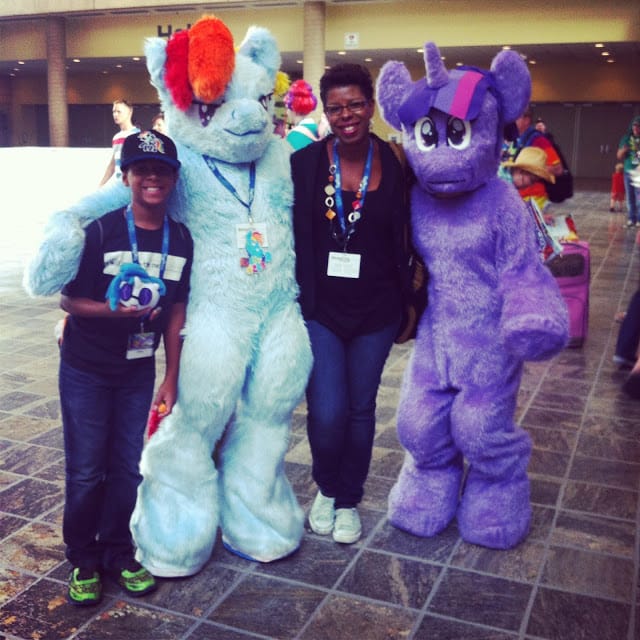“What Really Happens?” Russian Doll, Time Loops, and the Eternal Mystery of Death
Back in 2019, Russian Doll, a Netflix show with a familiar but unique premise, premiered. Russian Doll stars Natasha Lyonne (American Pie, Slums of Beverly Hills) as Nadia Vulvukov, a cynical 35-year-old Manhattanite who dies on the eve of her 36th birthday. No spoilers are required. Her death isn’t the twist or conclusion to the series. Her death is the premise. Nadia’s friends throw her a surprise birthday party. She goes to use the restroom. Then she leaves the apartment complex, is fatally struck down by an automobile, and emerges back in the above bathroom (staring at the mirror).
I know what you’re thinking- Groundhog Day…The Source Code…Edge of Tomorrow…the classic “time loop” motif. Nadia dies again and again and again, and each time, she returns to the same origin point. Along the way, she encounters Charlie Barnett (Alan Zaveri), another “time-looper” (if you will) who keeps repeatedly dying. Throughout the series (two seasons, thus far), Nadia and Charlie try to figure out the reason for their strange, metaphysical predicament. Are they dreaming? Is it drugs? Or is it something much different?

time she “dies” in the show. Image courtesy of Netflix Inc.
Amy Poehler, Leslye Headland, and Natasha Lyonne created the show, which Universal Television, Paper Kite Productions, Jax Media, 3 Arts Entertainment, Animal Pictures, and Shoot to Midnight produced. Russian Doll also co-stars Chloe Sevigny, Greta Lee, Elizabeth Ashley, and Yul Vazquez. Chris Teague and Ula Pontikos are the show’s cinematographers and Joe Wong its musical composer. Its editors include Todd Downing, Laura Weinberg, and Debra F. Simone.
Back to the show (which Lyonne received a Primetime Emmy Award nomination for in June 2019). What is it about the old “time loops” that always fascinate us? Time is something notoriously difficult to pin down (at least philosophically). We can conceive of time as something objective and measurable or as something experiential. The Ancient Greeks had two separate terms for each. Kronos indicates the former and Kairos the latter. Kronos refers to seconds, minutes, hours, etc. Kairos is all about “seasons.” “Seasons” of the year. “Seasons” of life. Any episode that has a distinct, first-person-perspectival reality to it (your childhood, high school graduation, college days, wedding, first-born child, vacation to Paris, e.g.). Kairos is qualifiable but not quantifiable.
Now…throw mortality into the mix! Death- the absolute inevitability- boggles our mind when we try to consider the “other side” of it. Even conceptually. You’re here, moving around, thinking thoughts, remembering, and imagining things, touching, smelling, tasting, hearing, and perceiving the world…then you no longer are! Do you know when you no longer are that you no longer are? No, because if you did you wouldn’t be dead, and that’s where death’s strange relationship with time comes into play!
There’s no feeling. No perception of time…or space…or anything else for that matter. Even the idea of “nothing” (which we tend to think of as an eternity of silent darkness) is misleading. One might as well just assume that when we pass away reality itself ceases to be.

Marilyn Munroe, George Washington, Nelson Mandela, William Shakespeare, Julius Caesar, and hundreds of millions of other people have died throughout history. And yet, as least as far as inside-out perception goes- the lapse of time between a distant death and a recent death and the present moment are the same! Ten seconds vs. Ten million years might as well all occur in one singular “moment.”
So, what is it like to cross over into oblivion and stay on the side of oblivion? No one knows. We know about Near Death Experiences, but take “near” out of the equation, and it becomes impossible to answer. It’s like speculating about black holes. Black holes have their pulling power and their event horizons. But…the rest…well, it’s beyond our understanding!
One thing subjectively conceivable (although just a theory/hypothesis) — we don’t “resolve” into death until all our own personal “loops” are closed. This is a major theme in Russian Doll, and one that various fictional tales, including The Sixth Sense, Black Mirror, and Ambrose Bierce’s famous short story An Occurrence at the Owl Creek Bridge (1890), have incorporated.
Time either shrinks or dilates as perception drains out of us, but the experience won’t “stop” until all outstanding psychological/spiritual issues are resolved. Both Nadia and Charlie must come to terms with their own existential imperfections —generational trauma, family dysfunction, heartbreak, personal regrets, lifelong fears, and insecurities. How does one do so? By viewing our memories, our thoughts, and our conscious experiences as part of one giant, hi-tech, and sophisticated digital network.
Our brains are like digital networks. They run numerous programs…often simultaneously. And, if they run too many at once, they slow down or crash (just like a computer would). This is why cognitive experts widely regard “multi-tasking” as inefficient. Our brains can also easily succumb to “bugs” like computers do (especially if we’re not careful or vigilant enough).
“Bugs” are coding errors that slow down or destroy a program, and any “bug” that developers don’t fix will cycle in error ad infinitum (until they do fix it). It’s a reasonable assumption that we’re not too different!
If the theme of the mystery of death or the motif of time loops and other similar, metaphysical phenomena fascinates you, be sure to check out Russian Doll. It’s a nice blend of intelligent and inventive humor that challenges our traditional perceptions of time, reality, and death.
Discover more from DG Speaks
Subscribe to get the latest posts sent to your email.



